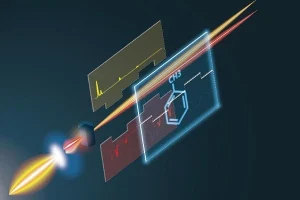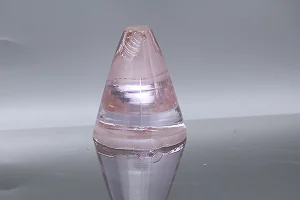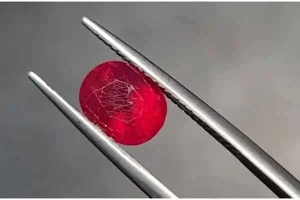Introduction to Yb:GGG Lasers
Ytterbium-doped Gadolinium Gallium Garnet, or Yb:GGG, is a novel laser medium that has been garnering increasing attention in the medical sector. Its unique emission wavelengths and impressive efficiency have positioned it as a game-changer in the fields of surgery, dentistry, and dermatology. This guide delves into the advanced applications of Yb:GGG lasers and how they’re revolutionizing medical treatments.
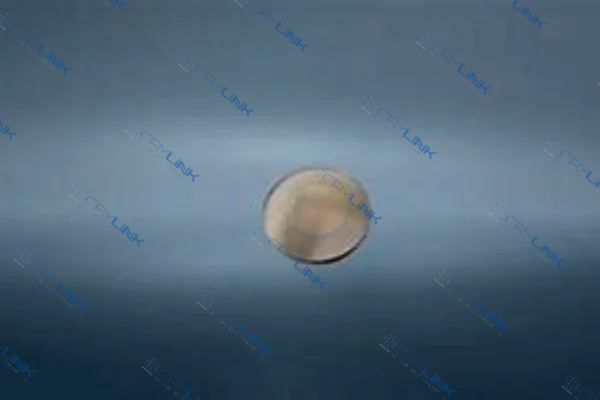
Emission Wavelengths of Yb:GGG
The fundamental characteristic of Yb:GGG lasers that makes them stand out is their emission wavelength. Emitting predominantly in the 1-1.1 μm range, these lasers provide a significant overlap with water’s absorption peak. This characteristic leads to highly efficient procedures with minimal collateral tissue damage.
Yb:GGG Lasers in Surgery
The transformative impact of technology in the realm of medical surgery has been remarkable, and Yb:GGG lasers stand as a testament to this advancement. Surgical procedures demand precision, especially when the margin of error is minimal. In many traditional surgical methods, ensuring the safe removal of unwanted tissue without causing undue harm to the surrounding healthy tissue has been a challenge. This not only affects the success rate of the surgery but also has a bearing on the post-surgery healing process.
Enter the Yb:GGG lasers, which offer a solution that combines accuracy with efficiency. These lasers have an inherent ability to target the diseased or unwanted tissue with extreme precision, thanks to their focused emission wavelengths. The immediate implication of this is the drastic reduction in the risk of inadvertently damaging adjacent healthy tissues.
What does this mean for the patient? For starters, surgeries that use Yb:GGG lasers for tissue ablation often report quicker recovery times. The body doesn’t have to heal an extensive area; instead, it focuses on the exact region where the unwanted tissue was removed. Additionally, the precision of the laser ensures that the aesthetic outcome is favorable. There’s a marked reduction in post-surgical scars, making it especially beneficial for surgeries in exposed areas like the face or hands.
One of the significant challenges surgeons face during operations is managing bleeding. Excessive bleeding can not only obscure the surgical site, making it difficult for the surgeon to operate, but it can also lead to complications both during and after the procedure. Historically, surgeons have used various techniques to minimize bleeding, from clamps to cauterization. However, each of these methods comes with its own set of challenges and implications.
The Yb:GGG lasers have been revolutionary in addressing this challenge head-on. Their capability to induce rapid coagulation is nothing short of impressive. When the laser makes contact with blood vessels, it promotes swift clotting, which reduces the overall blood loss during the procedure. This function is not just limited to large blood vessels but is also effective for tiny capillaries that can be hard to manage with traditional methods.
For the surgical team, this means a clearer field of operation, enabling them to perform their tasks more efficiently. For the patient, the benefits are multi-fold. Reduced blood loss means lower chances of requiring blood transfusions. Moreover, the rapid coagulation reduces the overall time of the surgery, which directly translates to a reduced risk of infections or other complications that can arise from prolonged surgical procedures. Post-operatively, the patient experiences fewer complications related to bleeding, ensuring a smoother recovery process.
In essence, the introduction of Yb:GGG lasers in surgical procedures symbolizes a significant step towards safer, more efficient, and patient-friendly surgeries. As research continues and the technology further refines, it’s exciting to envision the future possibilities these lasers hold in store for the world of medicine.
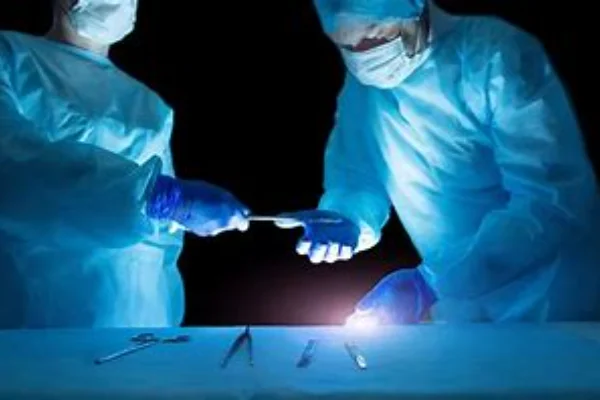
Role of Yb:GGG Lasers in Dentistry
The world of dentistry, like other branches of medical science, is perpetually evolving, driven by innovations in technology that prioritize patient comfort, safety, and successful outcomes. One such transformative technology that has recently sparked excitement is the Yb:GGG laser, especially noted for its applications in dental hard tissue procedures and periodontal treatments.
Dental hard tissue procedures, primarily involving the enamel and dentin, are at the core of restorative dentistry. Traditional dental drills, while effective, can sometimes be imprecise, leading to removal of more tooth structure than necessary. They can also cause discomfort, sometimes necessitating the use of anesthetics. The Yb:GGG laser presents a modern alternative that aims to mitigate these challenges.
For tasks such as cavity preparation, the laser’s precision is its standout feature. Cavities, caused by bacterial decay, often have irregular shapes and can exist in close proximity to healthy tooth tissue. The Yb:GGG laser, with its sharp focus, allows dentists to precisely remove decayed tissue, preserving much of the surrounding healthy structure. The benefits here are dual-fold: the precision of the laser ensures that patients retain as much of their natural tooth as possible, and this structural integrity often results in dental restorations, like fillings or crowns, that are longer-lasting due to the solid foundation they are anchored to.
Moreover, the procedure with Yb:GGG laser is often described as less invasive by patients. The reduction in vibrations, noise, and discomfort commonly associated with dental drills makes the overall experience more patient-friendly.
Periodontal diseases, which affect the gums and structures supporting the teeth, pose a significant threat to oral health. Often resultant from bacterial infections, if left untreated, these diseases can progress to stages that might lead to tooth loss.
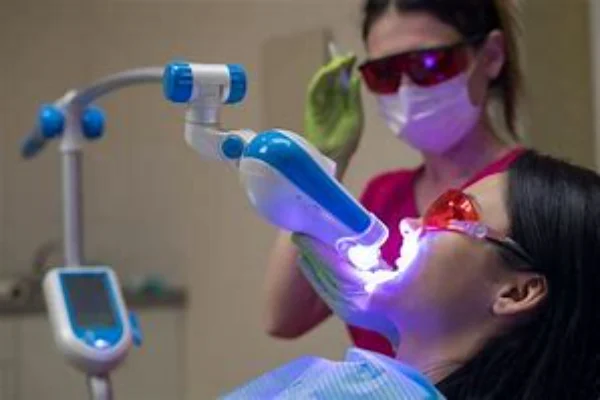
Traditional periodontal treatments, while effective, can be invasive and sometimes lead to post-procedure discomfort. Here, Yb:GGG lasers offer a paradigm shift in treatment modalities. The laser’s inherent capability to target and eliminate pathogenic bacteria is its strongest asset in this context. What makes it truly remarkable, however, is its ability to do so without damaging surrounding healthy tissues.
By targeting only the disease-causing bacteria and preserving the surrounding tissues, the Yb:GGG laser ensures that the healing process post-treatment is expedited. Additionally, the minimized tissue trauma reduces post-operative discomfort and swelling, further enhancing the patient’s overall experience.
Furthermore, the sterile nature of the laser treatment reduces the risk of secondary infections, ensuring that the recovery phase is smooth and uncomplicated.
In conclusion, the advent of Yb:GGG lasers in dentistry signals a future where treatments are not just effective, but also focused on patient comfort and holistic healing. As dental professionals become more acquainted with these lasers, it is expected that their applications will expand, solidifying their position as an indispensable tool in modern dentistry.
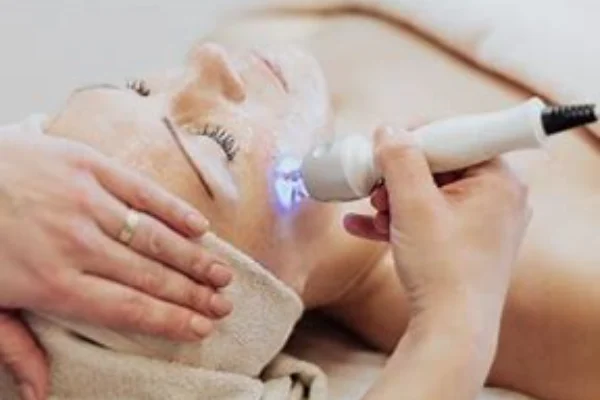
Dermatological Applications of Yb:GGG Lasers
The world of dermatology is ever-evolving, and the introduction of Yb:GGG lasers has been nothing short of revolutionary. When it comes to achieving youthful and radiant skin, these lasers offer a seamless solution. Their non-invasive approach to skin resurfacing makes them an ideal choice for addressing common skin concerns like wrinkles, acne scars, and the ravages of sun damage. The outcome is not just skin that feels rejuvenated but also looks smoother, firmer, and undeniably younger.
Beyond mere aesthetics, the lasers prove their mettle in treating more intricate skin conditions. Vascular lesions, such as spider veins which were once challenging to manage, can now be treated with greater efficiency. The Yb:GGG laser’s unique wavelength directly targets the problematic blood vessels lying beneath the skin surface. The beauty of this treatment lies in its precision, breaking down the unwanted blood vessels without causing any harm to the surrounding skin layers.
This precision has also been a game-changer in another domain of dermatology—tattoo removal. Erasing tattoos has traditionally been a complex procedure with mixed results. However, the ability of Yb:GGG lasers to break down ink particles without leaving scars has transformed them into a tool of choice for many dermatologists. This multi-faceted utility of the Yb:GGG lasers underscores their burgeoning role in modern dermatological treatments, promising better outcomes and greater patient satisfaction.
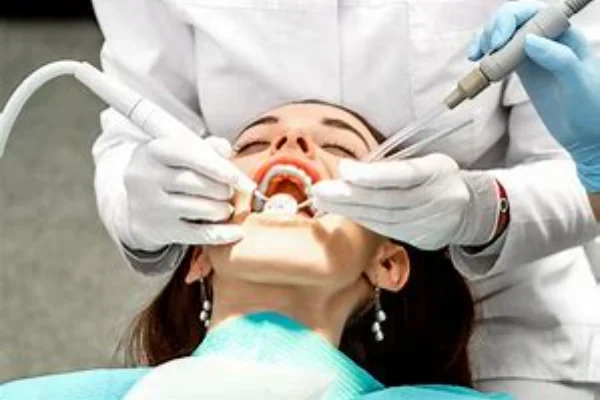
Conclusion
The versatility of Yb:GGG lasers is undeniable. Their unique emission wavelengths combined with their unmatched efficiency make them an invaluable tool in the realms of surgery, dentistry, and dermatology. As technology continues to evolve, the scope and applications of Yb:GGG lasers in the medical field are only expected to expand, promising safer, quicker, and more efficient treatments for patients worldwide.
FAQs:
1. What is the primary emission wavelength of Yb:GGG lasers?
- The primary emission wavelength of Yb:GGG lasers is in the 1-1.1 μm range.
2. How do Yb:GGG lasers minimize damage to surrounding tissues during surgical procedures?
- Yb:GGG lasers offer high precision tissue ablation, ensuring only the target tissue is affected while leaving surrounding tissues unharmed.
3. Are Yb:GGG lasers used in regular dental cleanings?
- While Yb:GGG lasers have applications in dentistry, they are primarily used for hard tissue procedures and periodontal treatments, not regular dental cleanings.
4. Can Yb:GGG lasers treat all types of skin conditions?
- Yb:GGG lasers are particularly effective for skin resurfacing, treatment of vascular lesions, and tattoo removal. However, a dermatologist’s consultation is essential to determine the best treatment for specific skin conditions.
5. Is the treatment with Yb:GGG lasers painful? The sensation during treatment varies among individuals, but most patients report minimal discomfort. The use of numbing agents can further enhance patient comfort during procedures.


